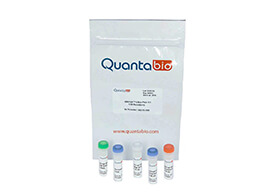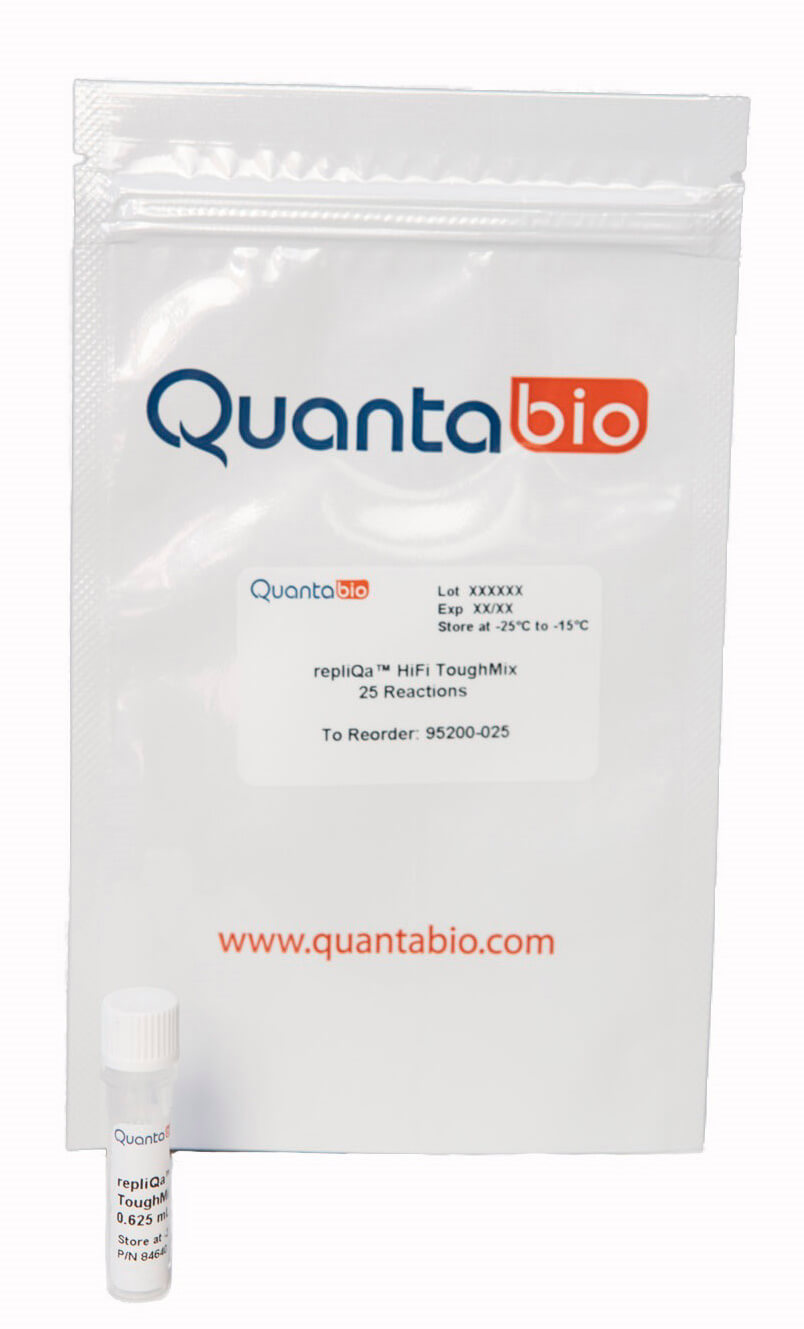Thank you for joining our webinar on exploring viral whole-genome sequencing is transforming infection prevention and control (IPC) efforts in hospital settings.
Identifying and Interrupting Intra-Hospital Norovirus GII Transmission
Overview
Norovirus GII is a leading cause of gastroenteritis, with nosocomial transmission posing significant challenges, especially in pediatric settings. In this webinar, Dr. Robert Potter from the Children’s Hospital of Philadelphia will share how whole-genome sequencing (WGS) is being used to identify and interrupt intra-hospital Norovirus outbreaks.
Since July 2024, CHOP has implemented viral WGS of Norovirus GII-positive samples to strengthen infection prevention and control (IPC) efforts. Dr. Potter will discuss methods, key findings, and future directions for using genomic data to combat outbreaks effectively.
Background: Human Norovirus is a leading cause of gastroenteritis, particularly affecting pediatric populations. At the Children’s Hospital of Philadelphia (CHOP), nosocomial transmission of Norovirus GII has been a recurring challenge. Since July 2024, we have piloted whole-genome sequencing of Norovirus GII positive stool samples to support infection prevention and control (IPC) efforts in combatting intra-hospital outbreaks.
…
Methods: Archived Norovirus GII-positive stool samples collected from 2019 to the present (n=526) underwent total RNA extraction using the EZ2 system. Primers spanning the entire genome and reagents from QuantaBio (qScript Ultra Flex Kit and repliQa HiFi ToughMix) were used for cDNA synthesis and whole-genome PCR amplification. Amplified products were sequenced using Oxford Nanopore Technology (ONT) and assembled using canu (186/526 samples completed). Assembled whole-genomes had genotypes assigned using the Calicivirus Typing Tool (https://calicivirustypingtool.cdc.gov). Maximum-likelihood phylogenetic trees (MAFFT/RAxML) and pairwise SNP analyses (MAFFT/snp-dists) are used to identify clonal transmission clusters. Genomic data is integrated with clinical informatics to link outbreak strains to patient locations and risk factors. Starting in mid-December, active surveillance of prospective Norovirus GII infections will be conducted, with weekly IPC meetings to discuss ongoing cases.
Results: Our current workflow takes about 12 hours and costs ~30 dollars per reaction from sample to genome. Of the 204 samples processed thus far, 186 (91%) successfully assembled into ~7.5 kbp contigs. Samples that assembled had a significantly lower mean Ct value (20.92) compared to those that did not (27.16). Notably, 44% of samples with Ct values >25 failed to assemble. The GII.4 Sydney [P16] strain was the most prevalent genotype, accounting for 41% (77/186) of genomes. Using a 36-SNP threshold derived from literature, we identified 18 pairs, 5 triplets, and 6 clonal groups containing >4 genomes. Of these clonal groups, three were GII.4 Sydney [P16] strains, and three were GII.4 Sydney [P4] strains. One notable outbreak cluster of GII.4 Sydney [P16] strains included five patients on two hospital floors over three days, with 0-3 SNPs between isolates.
Conclusion: Whole-genome sequencing of Norovirus GII provides a rapid, cost-effective tool for identifying intra-hospital transmission, supporting IPC efforts. Future directions include piloting interventions to disrupt transmission and investigating why the GII.4 Sydney strain is particularly adapted to pediatric patients.
Key Topics:
- Workflow for sequencing Norovirus GII-positive samples
- Identifying clonal transmission clusters using genomic data
- Integrating sequencing data with clinical informatics for outbreak tracking
- Case studies highlighting successful IPC interventions
Secure Your Free Sample Today!
Experience first hand products mentioned in the webinar
qScript Ultra Flex Kit
Faster, longer, tougher next gen cDNA synthesis with flexible priming
repliQa HiFi ToughMix
Superior speed and inhibitor tolerance
About Dr. Robert Potter
Robert Frederick Potter,
PhD, D(ABMM)
Assistant Director, Infectious Disease Diagnostics Laboratory
Children’s Hospital of Philadelphia
Dr. Robert Potter is an Assistant Director over the Infectious Disease Diagnostics Laboratory at the Children’s Hospital of Philadelphia, the Director of Outbreak Investigations for the Center for Microbial Medicine at the Children’s Hospital of Philadelphia, and an Assistant Professor in the Department of Pathology & Laboratory Medicine at the Perelman School of Medicine at the University of Pennsylvania. He performed undergraduate research with Dr. Sarah Stanley at the University of California, Berkeley studying Mycobacterium-host interactions. Next, he moved to Washington University School of Medicine in St. Louis (WUSM) and completed a PhD in the Molecular Microbiology & Microbial Pathogenesis program under the supervision of Dr. Gautam Dantas. While a member of the Dantas Laboratory, Dr. Potter became enamored by the ability of Next-Generation sequencing to understand features of microbial evolution. He was supported by a Bayer Crop Science Graduate Fellowship. Following completion of his PhD in 2020, Dr. Potter became a Clinical & Public Health Microbiology Fellow at WUSM under Dr. Carey-Ann Burnham and Dr. Melanie Yarbrough.
During his time as a microbiology fellow, Dr. Potter became interested in how intra-species genetic differences contribute to infection outcomes and was awarded a Paul E. Strandjord Young Investigator Award from Academy of Clinical Laboratory Physicians and Scientists to study this paradigm in Proteus mirabilis. Finally, Dr. Potter gained further research training as a postdoctoral research fellow, supported by an American Urologic Association Research Scholar Award, in Dr. David Hunstad’s laboratory. While in the Hunstad Laboratory, Dr. Potter successfully applied reverse genetic approaches to functionally abrogate genes of interest in Proteus mirabilis. Dr. Potter is using his training to develop an independent research program focused on genomic and functional analysis of medically important bacteria, viruses, and fungi as well as contributing to clinical oversight of the Infectious Disease Diagnostics Laboratory.


